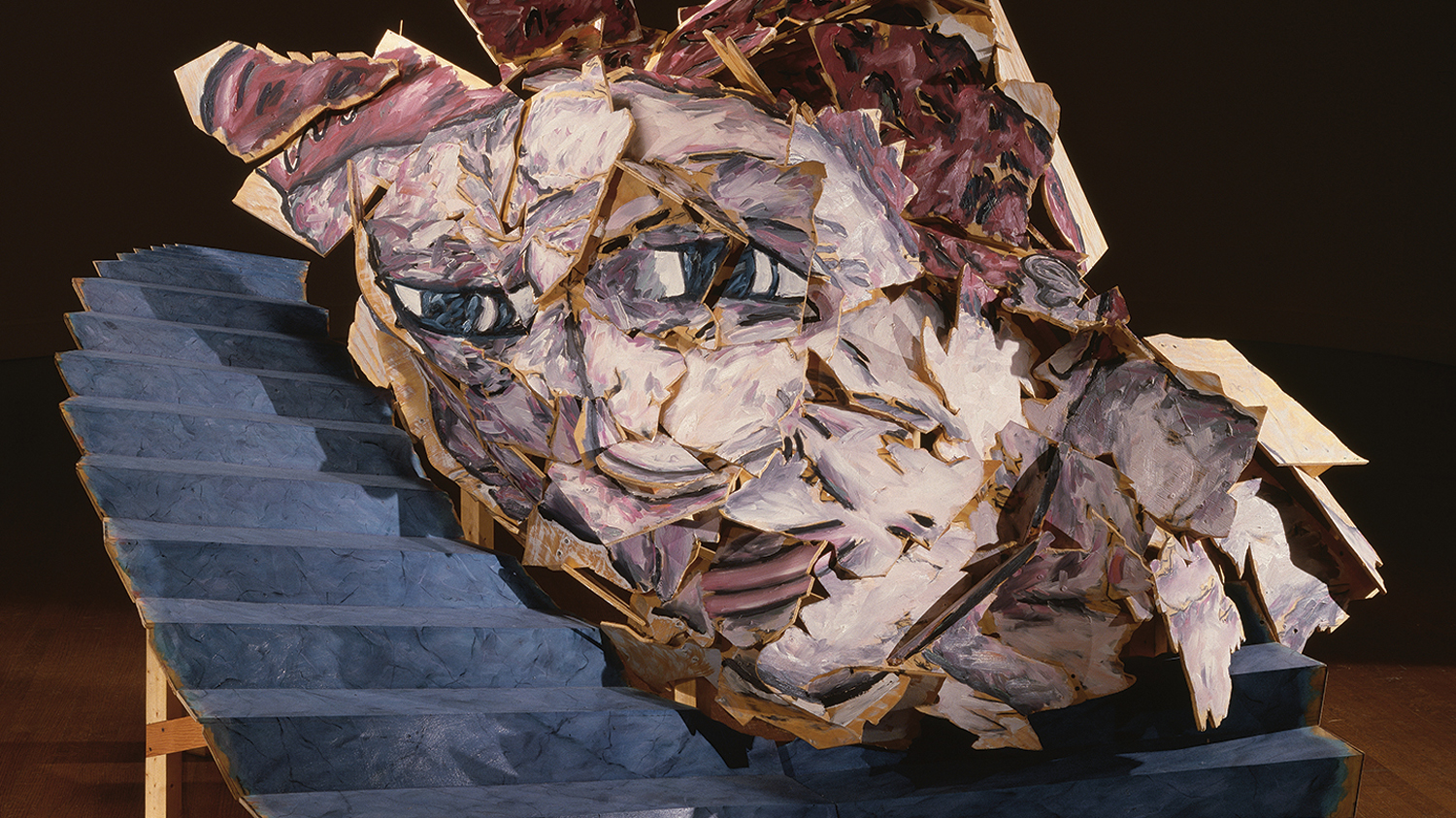JOSEPH H. SEIPEL
Foreword
Lying even when the truth would suffice. Headlining his website with this statement, Myron Helfgott reminds us of the power of the image to confound perception and the abiding role that disjunction and misinterpretation play in human experience. Helfgott revels in the duality of image and structure, structure and content, and content and subject matter. The photographic images that now cover his carefully handwrought plywood structures can have the emotional charge of a tragic love story, a beautiful object, or a contemplative scene. Are these works intended to exalt the image, making it hyperreal and allowing us to bathe in its subject matter and feel deeply? As we scrutinize the work, though, the beauty fades and the stark reality of the fragile paper facade compels us to question our initial perceptions. Have we been taken in by a mirage, an empty illusion? Who would do this to us?
These are the works of a provocateur and a master of intellectual play. A true believer in the object, Helfgott also values the muscle of narrative and the subversive sway of image. He takes us on a journey that moves beyond the single storyline to complex, nearly operatic assemblages of structures and sculptural components, kinetics and audio, painted images and photographs, visual lies and truthful comments.
In terms of content, subject matter, source material, and studio fabrication, nothing is safely out-of-bounds. Helfgott uses literature and film as a spring board, pop culture as a convenient tool, technology like a band saw, and his everyday experience as grist for stories, both real and imagined. Well-versed in the history of art, he often nods to the great artists whom he considers crucial predecessors. These acknowledgments are sometimes obvious and, at other times, hidden deeply within his thinking.
Myron was a consummate teacher during his thirty-five years as Professor of Sculpture at Virginia Commonwealth University’s School of the Arts. He encouraged his students to be fearless, think sideways, and tell their stories with abandon. Those of us who had the good fortune to work with him witnessed his brilliance in action, including his insightful critiques, often of our own work. Ever-present, now as then, is his creative determination to provoke habitual expectations and perceived limitations..
Joseph Seipel currently serves as Dean of Virginia Commonwealth University’s School of the Arts, where he has been a faculty member for thirty-eight years. During that time he also served as the Chair of the Department of Sculpture and the Senior Associate Dean and Director of Graduate Studies for the School of the Arts. As dean, Seipel has overseen the creation of the new Institute for Contemporary Art, expected to open in 2016. Seipel holds an MFA from the Maryland Institute’s Rinehart School of Sculpture and a BS in art from the University of Wisconsin, Madison. Seipel’s own work has been exhibited at numerous national and international venues in New York, Baltimore, Richmond, Milan and Peru.


 poetry
poetry fiction
fiction nonfiction
nonfiction gallery
gallery features
features browse
browse